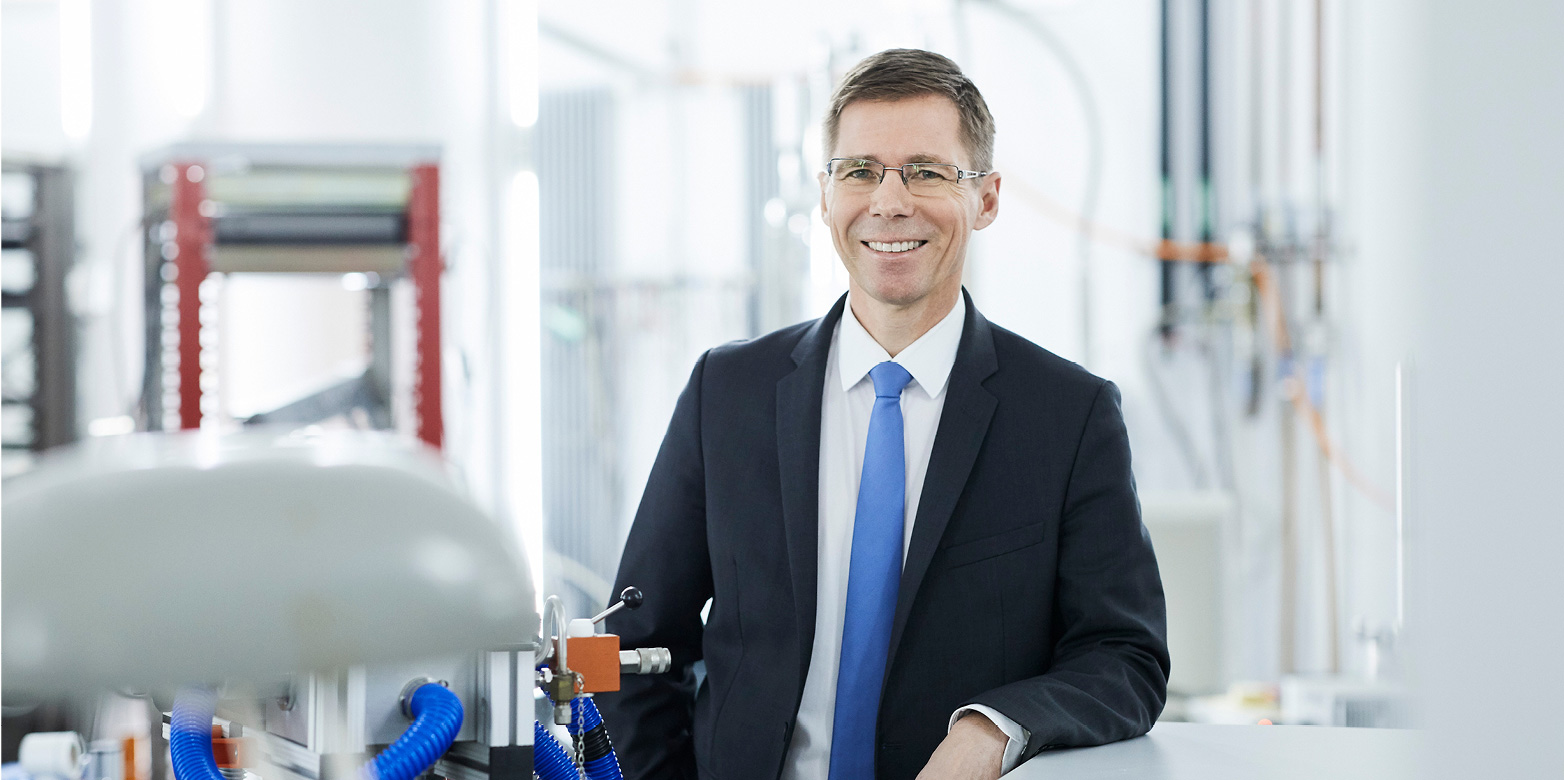From rocket builders to tree planters
The year 2019 has certainly been a busy one at ETH. A new president took office and the second Sci-Tech Oscar was awarded, along with other major prizes, but there were also plenty of inventions and topics for discussion.
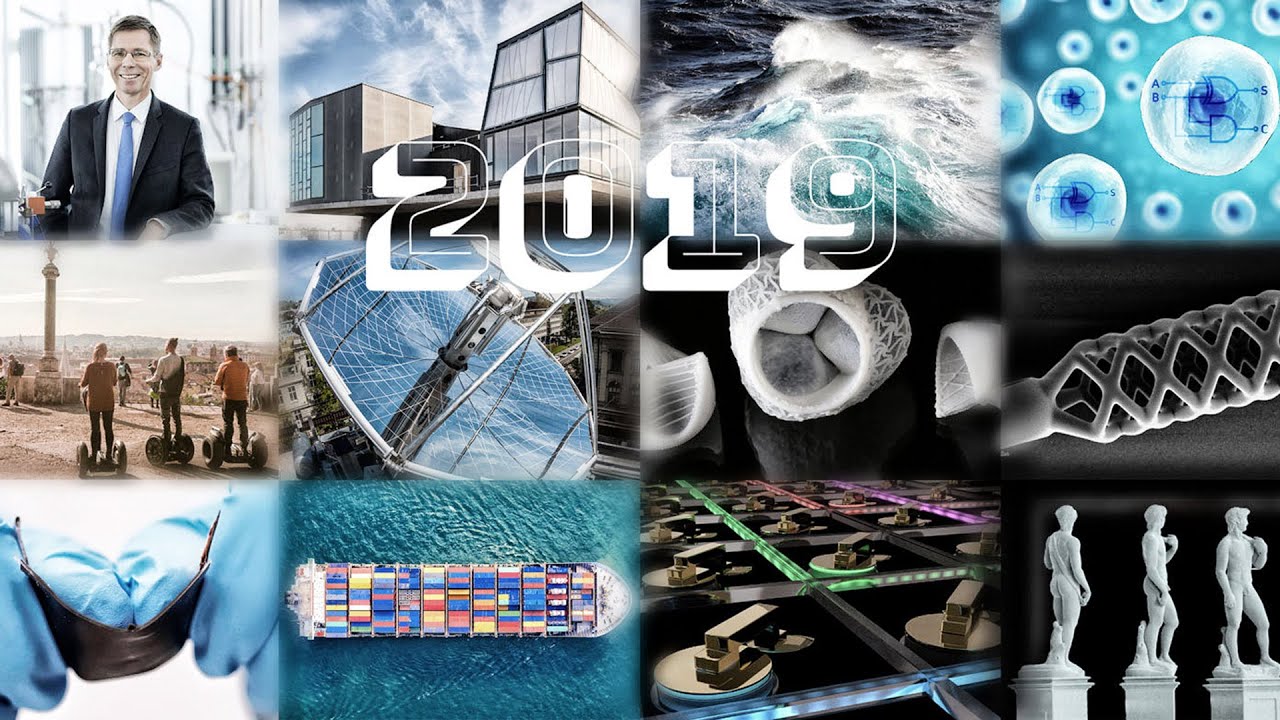
January
The new year also ushered in a new era at ETH. The former director of PSI, Joël Mesot, took over the reins of the Executive Board as the new President of ETH Zurich with a sense of “great elation, drive and enthusiasm for this venerable institution”. As a long-serving ETH physics professor, he knows ETH Zurich inside out. Good news from the spin-offs where the year also began on a positive note. An unprecedented 27 new companies were founded in 2018. ETH Zurich is striking out in new directions in its doctoral studies. During the Doctoral Supervision symposium, 200 ETH lecturers and guests from home and abroad discussed ways of improving supervision of the 4,000 doctoral students at ETH Zurich.
February
Researchers at ETH Zurich and Disney Research received a very special accolade from Hollywood: a Sci-Tech Oscar for their capture system, Medusa. It is the second such award for Markus Gross, Professor of Computer Science at ETH. ETH researchers unveiled the DFAB House in Dübendorf. It is the world’s first inhabited house that was not only digitally planned, but also built by almost entirely digital means. ETH glaciologists announced a rather unfavourable prognosis. According to their calculations, the volume of the glaciers in High Mountain Asia had been overestimated. This is of particular concern for the arid regions of Central Asia, which depend on the meltwater from the glaciers for agriculture.
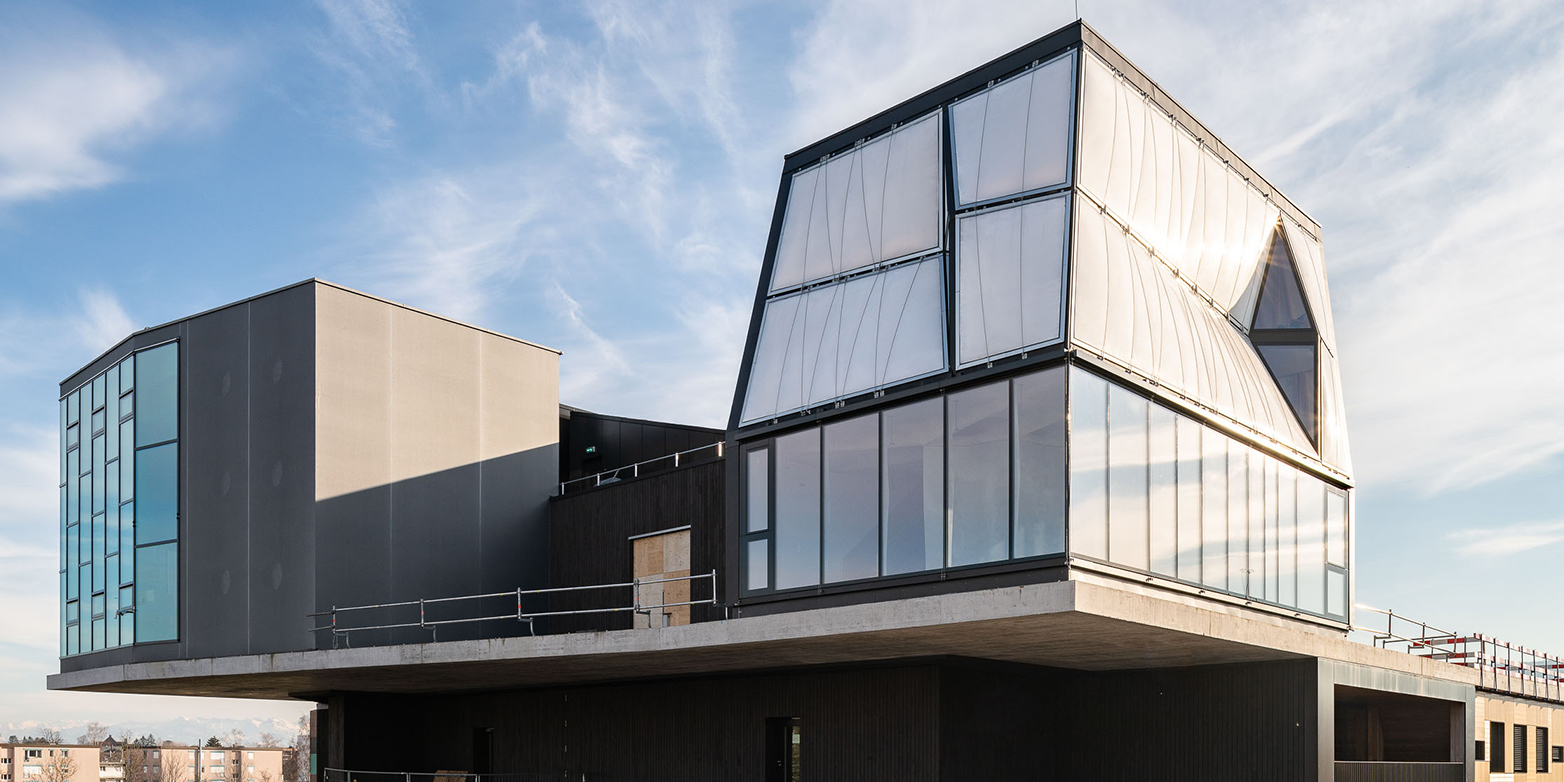
March
A multi-year international research project led by ETH Zurich measures the oceanic sink for man-made CO2. Between 1994 and 2007, the oceans took up approximately 34 gigatonnes of carbon from the atmosphere, the equivalent of around 31 percent of all anthropogenic CO2 emitted during this period. Scientists at ETH Zurich have made a major breakthrough in personalised cancer immunotherapy with a method that enables them to identify which peptide molecules are suited to patient-specific immunisation. Serving as vaccines, the peptides prompt the immune system to attack tumours.

April
Inspired by a digital model, ETH researchers introduced two core processors based on the famous CRISPR-Cas9 gene scissors into human cells. The biosynthetic dual-core processor is the precursor of a powerful biocomputer. Developed at ETH, a new method that simplifies the production of large DNA molecules containing many hundreds of genes also constituted a major leap. It enabled ETH scientists to create the first entirely computer-generated genome of a bacterium. The method has the potential to revolutionise biotechnology. Equally as promising were the signals transmitted to Earth by the InSight probe, four months after landing on Mars. Researchers at the ETH Marsquake Service interpreted at least one of the seismic events as a quake.
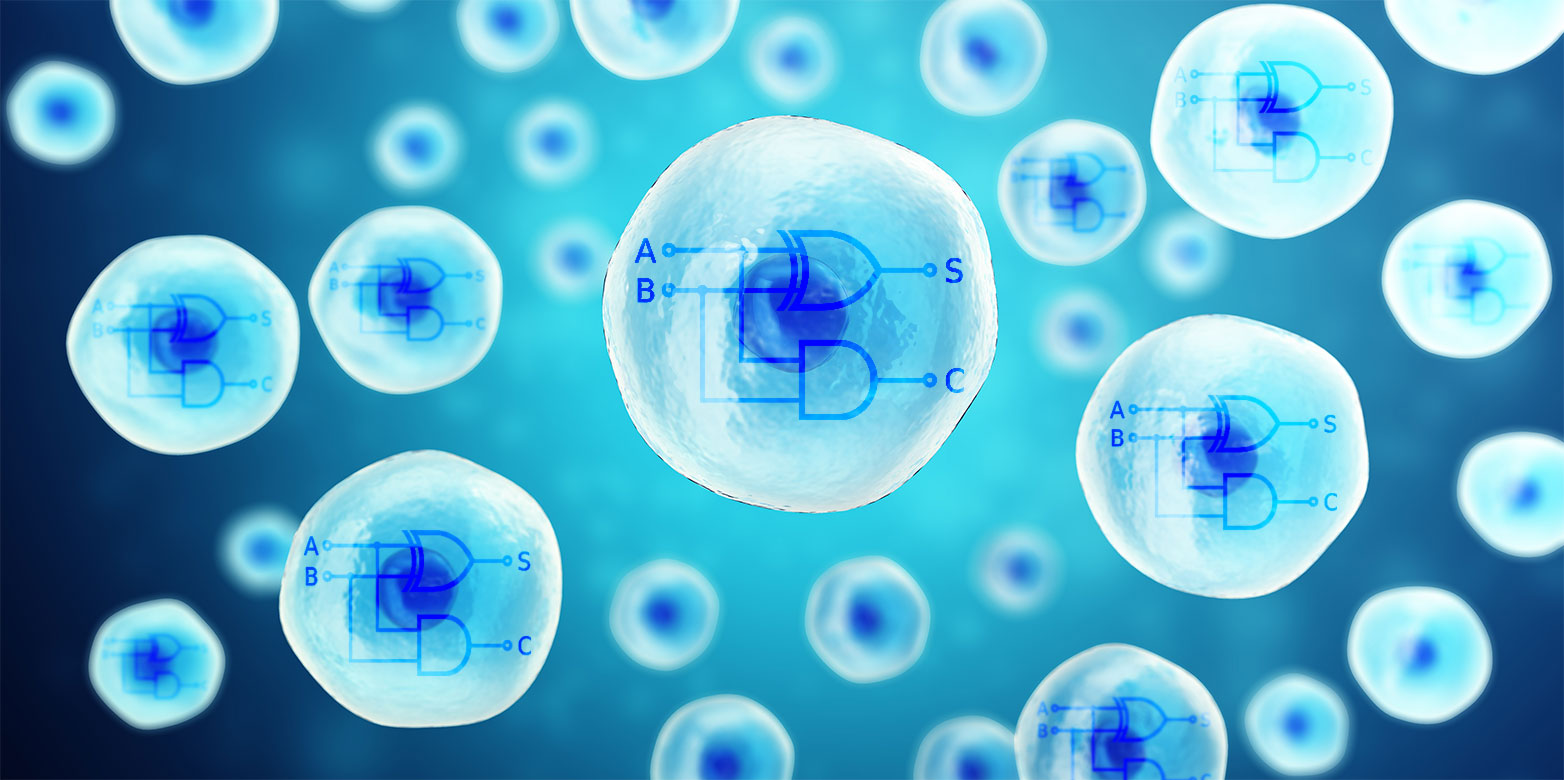
May
Following a round of capital investment in May, the ETH spin-off GetYourGuide reached an estimated value of two billion Swiss francs. The travel guide platform is the university’s first spin-off to gain the celebrated unicorn status. Thoroughly undesirable microcontaminants pollute our watercourses. However, removing them from wastewater requires considerable technical resources. Thanks to a new approach developed by ETH researchers, these problematic substances can be removed efficiently.

June
In the latest QS ranking, a global comparison of international universities, ETH Zurich made it into the top six to be crowned the second-best university in Europe. A team of ETH students was aiming high. With their self-constructed rocket named HEIDI, the team won second place in its category at the Spaceport America Cup in New Mexico. ETH Professor Aldo Steinfeld and his colleagues commenced operations at their solar mini-refinery, the only one of its kind in the world. A parabolic reflector on the roof of an ETH building provides the sunlight that the scientists combine with CO2 and water extracted directly from ambient air and process into renewable fuels. Although the refinery produces methanol, it could also yield sustainable kerosene or syngas.
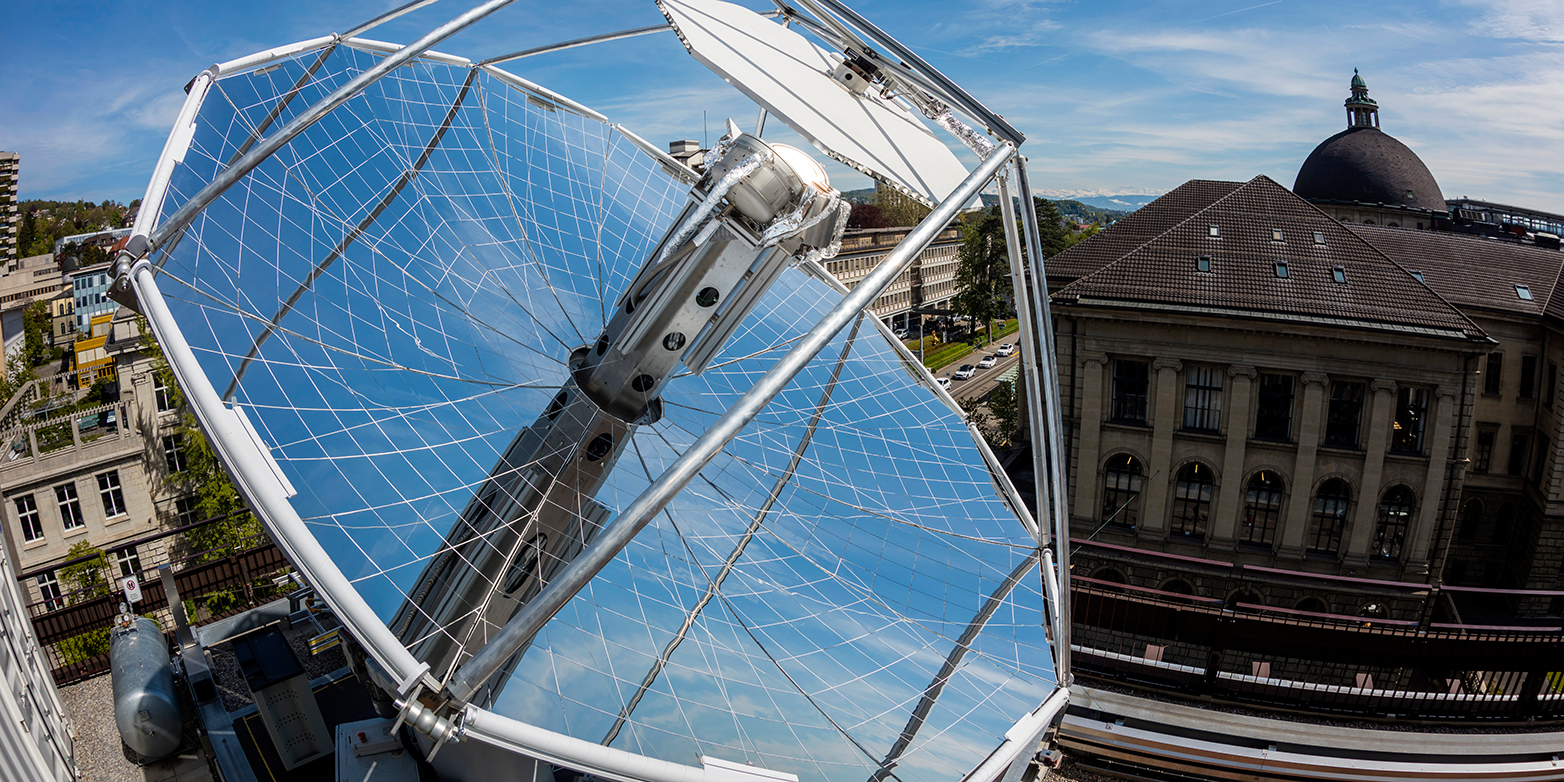
July
Another student project celebrated a major achievement. The Swissloop team finished in second place at the Hyperloop Competition in California, where teams battle to send self-developed transport pods at the fastest speed through a vacuum tube. With its newly developed linear induction motor, the Swissloop pod reached a top speed of 252 km/h. Material researchers at ETH are now using 3D printing to produce custom-made silicone heart valves. This makes it possible to print a heart valve that fits the patient’s heart chamber perfectly. A scientific study published by ETH ecologists was the subject of heated debate. They calculated how extensive reforestation could help reduce the concentration of CO2 in the atmosphere and combat global warming.
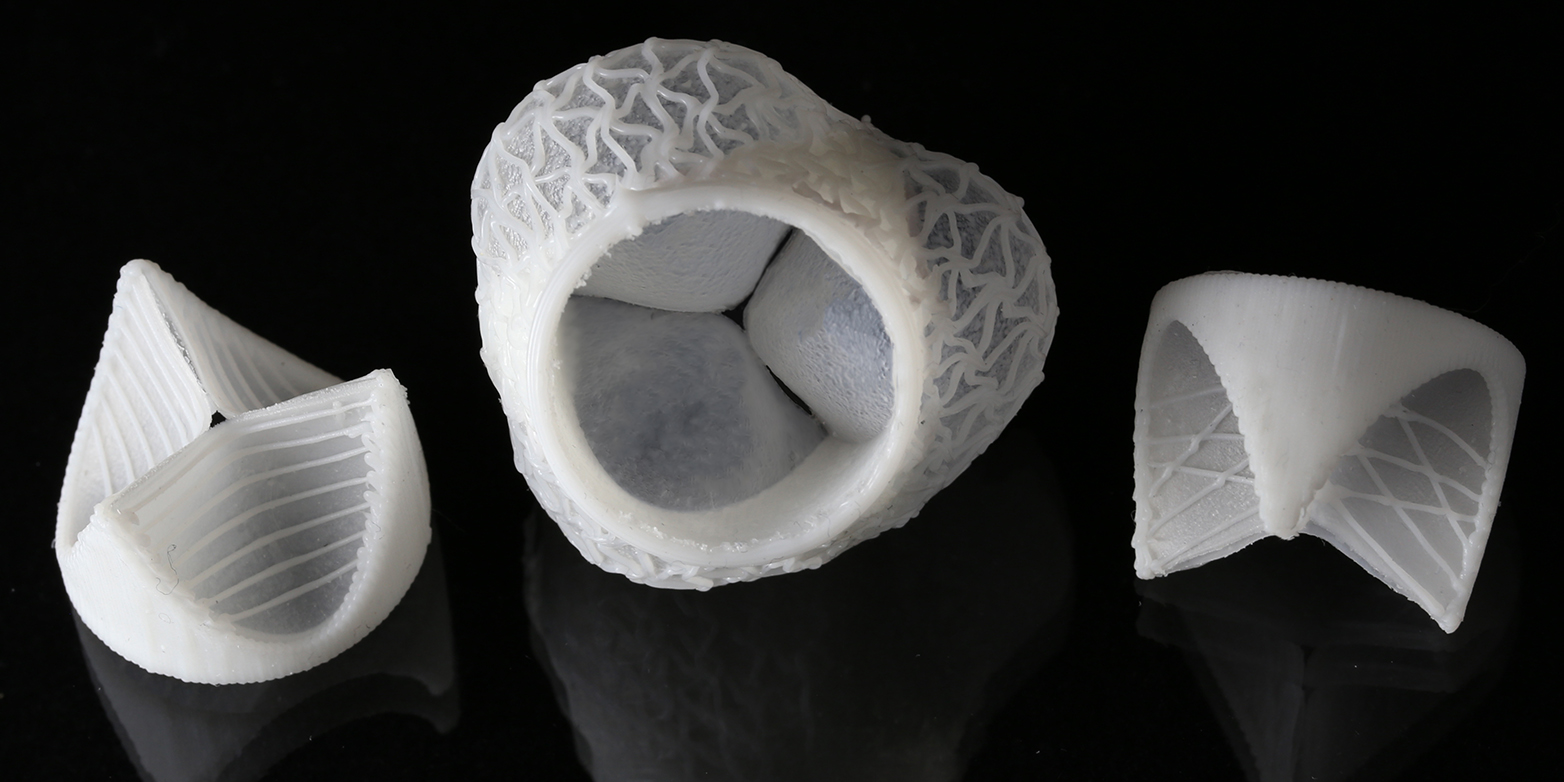
August
ETH researchers developed the world’s smallest stent, with a diameter of just one twentieth of a millimetre. Stents like these could be used to treat human foetuses that have been diagnosed with a constriction of the urinary tract. In an in utero operation, doctors can insert this microstent to widen the urethral stricture. A different project pursued by ETH scientists involves screws and plates used by orthopaedic surgeons to set bone parts. Researchers developed a new procedure for manufacturing porous implants made of magnesium and its alloys. The pores enable bone cells to become established on the implant and grow into it. As magnesium is resorbed by the body, removal of the implants is not necessary.
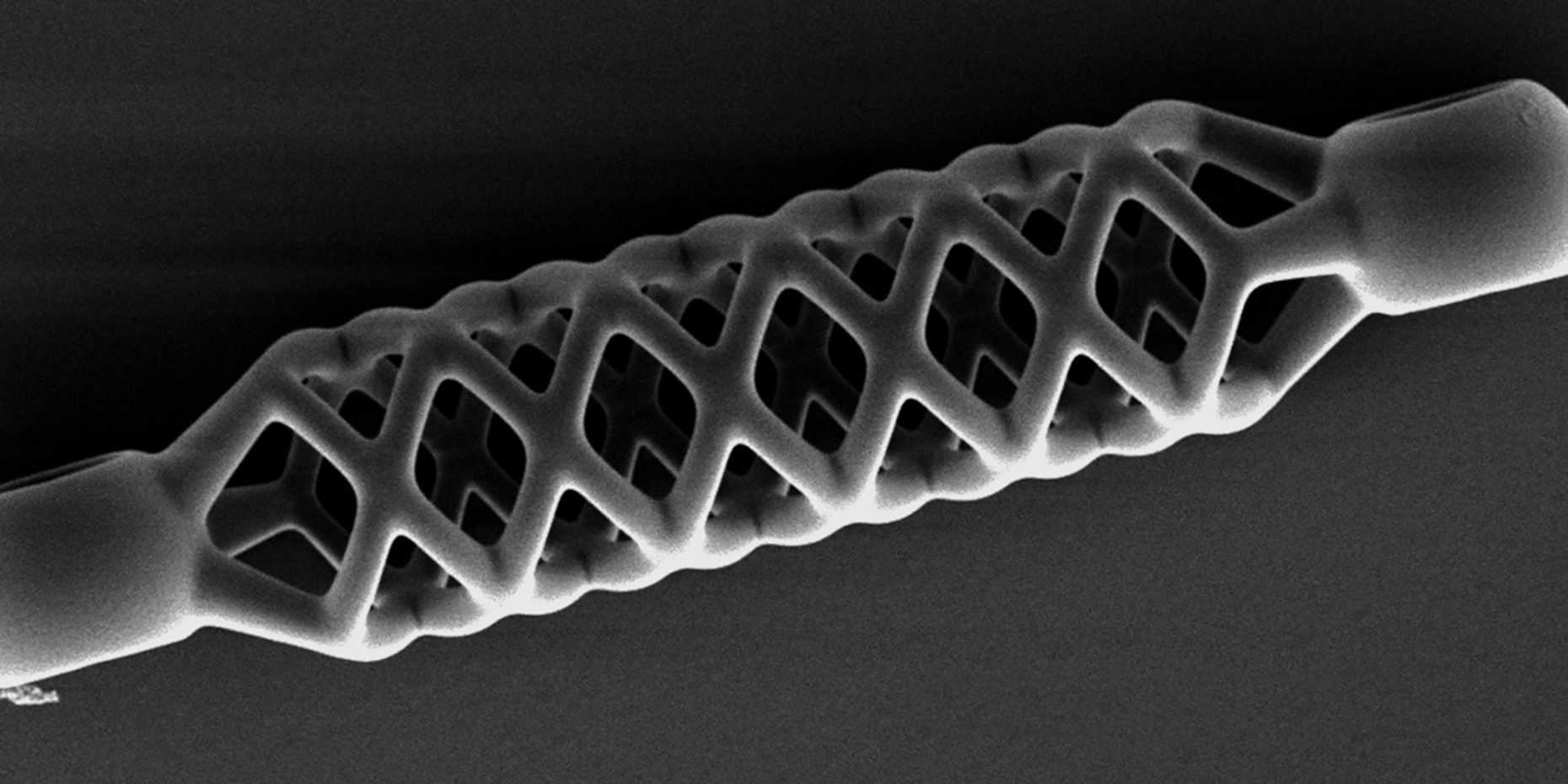
September
A team of researchers at ETH used stretchable materials to develop a battery that can be bent, stretched and twisted. This is precisely the kind of battery needed for applications in bendable electronic devices. Antimicrobial resistance has unfortunately increased in livestock in emerging and developing countries. For the first time, an international research team has produced a map showing the areas in most urgent need of action: China, India and Latin America. The researchers have created an open web platform to collect further resistance data. Material researcher Nicola Spaldin had the great honour of being awarded the Marcel Benoist Prize, dubbed the “Swiss Nobel Prize”.
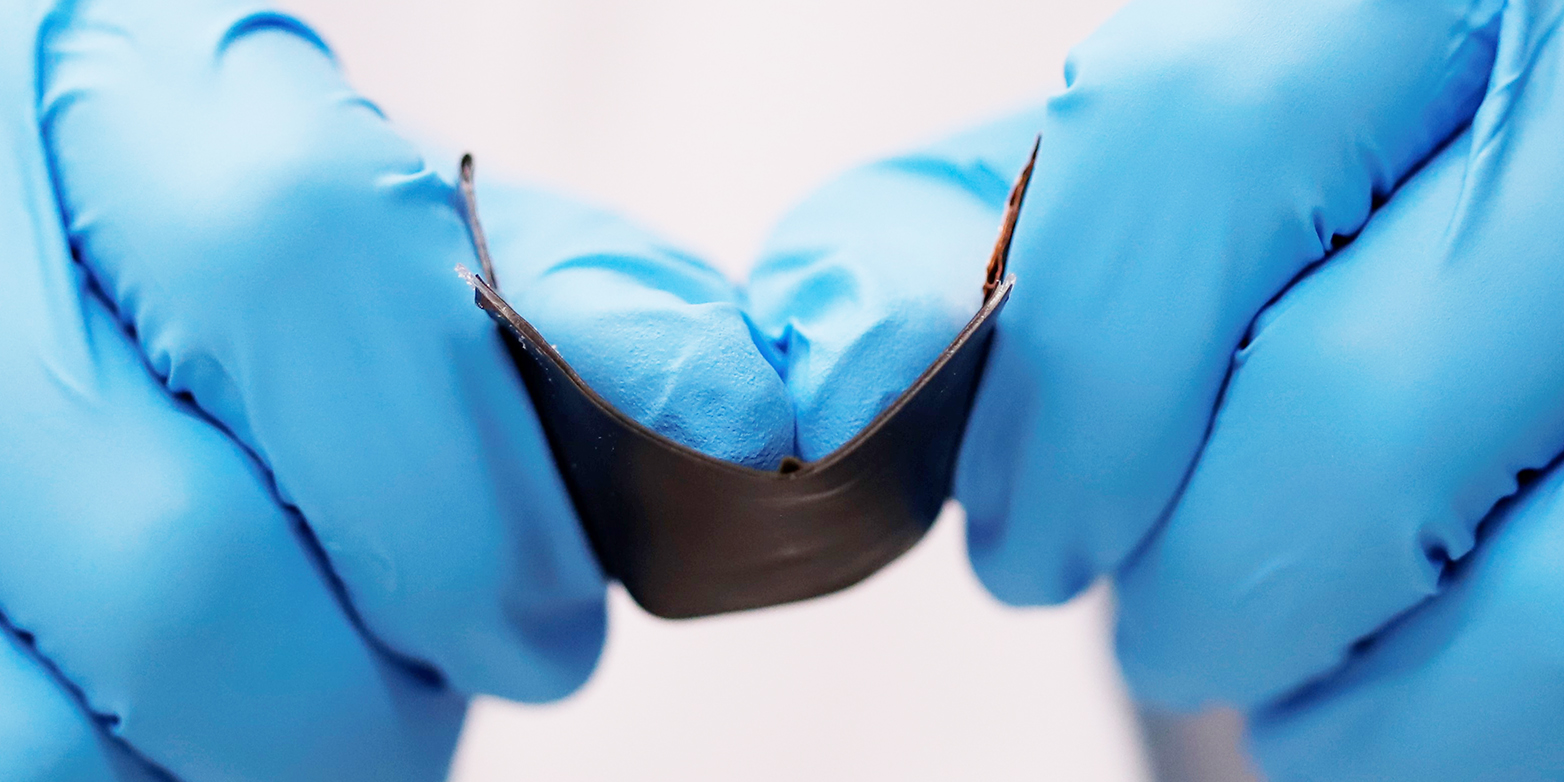
October
It comes as no surprise. People are typing faster and faster on their smartphones. A study of over 37,000 persons showed that the speed gap between typing on smartphones and computer keyboards is narrowing. While autocorrection helps increase typing speed, predictive text holds smartphone users back. On behalf of a German ship operator, a team from ETH Zurich has charted a course towards emission-free shipping in the North and Baltic Seas. The researchers see the greatest potential in zero-emission propulsion systems in the form of electric motors, fuel cells or combustion engines powered by ammonia.
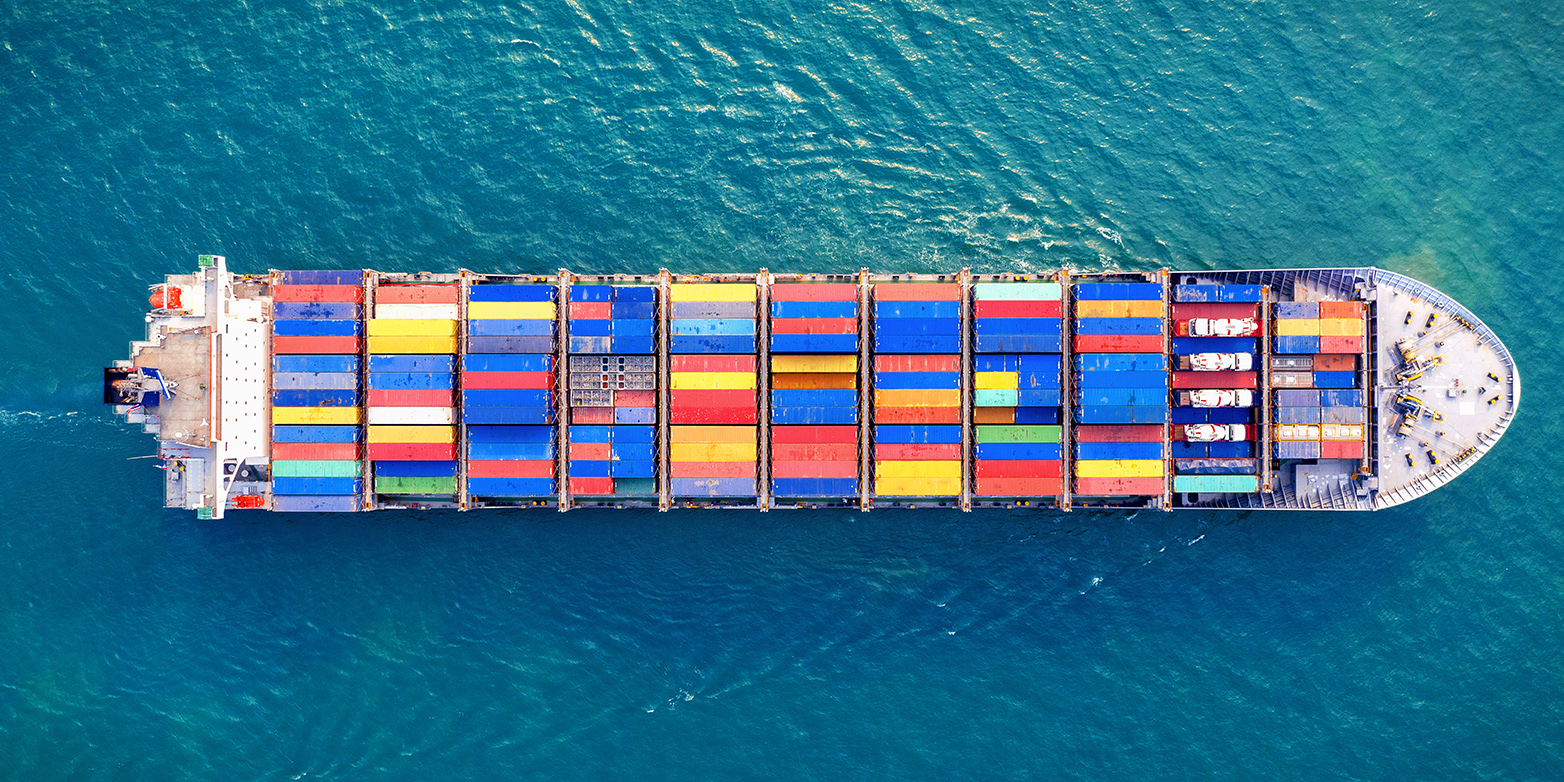
November
Researchers at ETH developed an electro-opto-mechanical switch for light beams that is considerably smaller and faster than current models. This is relevant for applications such as self-driving cars and optical quantum technologies. A protective membrane for cardiac pacemakers developed at ETH Zurich proved successful in animal experiments. It reduces the undesirable build-up of fibrotic tissue around the implant. The next step is to test the protective membrane in patients. The political scientist Dominik Hangartner received the national Latsis Prize, one of Switzerland’s most prestigious science awards, for his research on migration, which can be turned into specific policies.

December
Agricultural economists are re-examining the causes of soil erosion around the world. The culprit in many cases is the country effect, a combination of the politics and agricultural practices in the various countries. A clear indication for the researchers is when the erosion rate jumps abruptly at country borders. And towards the end of the year, Zurich researchers 3D-printed Michelangelo's David statue as a copper figure only 1 millimetre in size. The printing technology was developed at the ETH and put into practice by the company Exaddon.
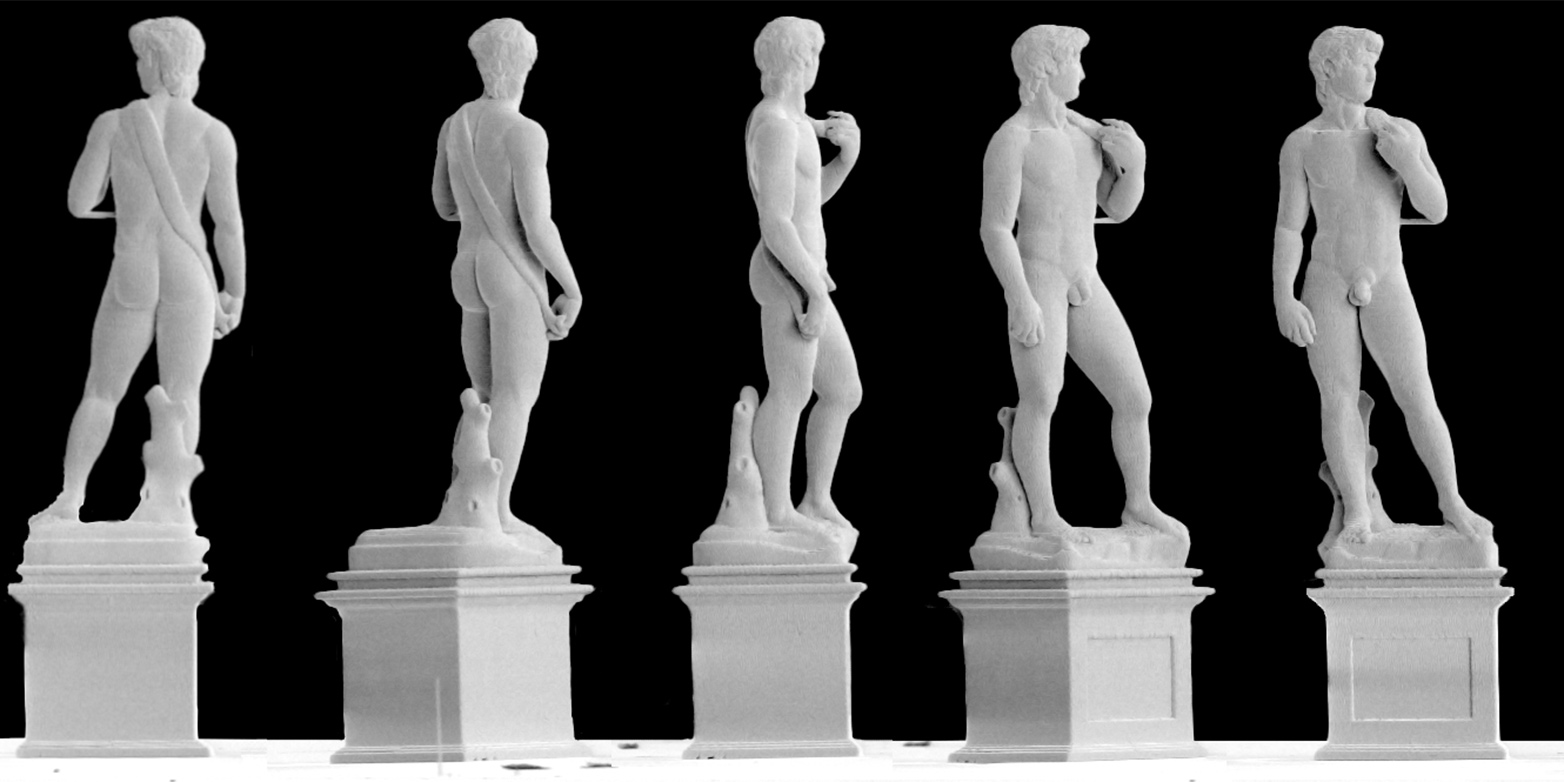
The ETH News editorial team wishes you, dear ETH News readers, happy, peaceful holidays and a happy new year.
Similar topics
- Innovation
- Research
- Education
- Executive Board
- International
- Spin-offs and patents
- Digital fabrication
- Architecture
- Chemistry
- Computer and information technology
- Electrical engineering
- Engineering sciences
- Economics
- Microtechnology
- Medicine
- Process engineering
- Sustainability
- Civil engineering
- Climate sciences
- Political science
- Biology

